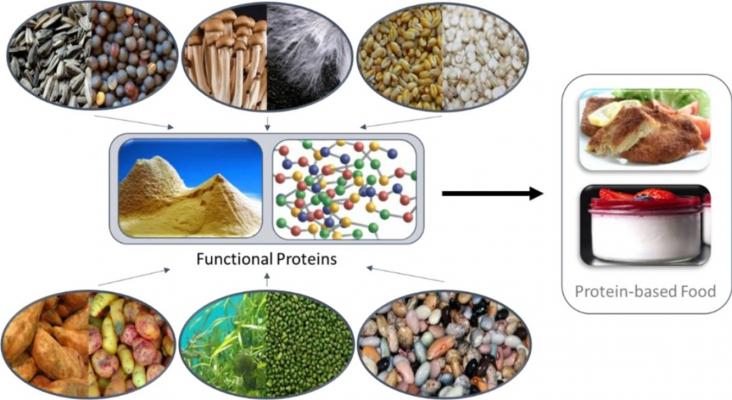Producing food exerts pressures on the environment. Understanding the location and magnitude of food production is key to reducing the impacts of these pressures on nature and people.
Climate change and population growth generates a decrease in water availability around the world which can compromise the maintenance of sustainable agriculture.
Improving rice yield potential is crucial for global food security. Taoyuan, China, is famous worldwide as a special ecosite for ultrahigh rice yield.
Nitrous oxide (N2O) is the most important greenhouse gas produced by agricultural soils and is a byproduct of microbial nitrification and denitrification processes.
Improvements in the effectiveness of packaging materials can help to prevent foodborne pathogens and reduce environmental waste.

Driven by current climate discussions, the search for alternatives to animal proteins has been intensified in recent years.
Climate change forcing, with the increasing of the extreme rainfall, is one of the major critical factors for major critical factors for Agricultural landscapes cultivated in hilly and mountainous areas.
Background: Cultured meat has emerged as a breakthrough technology for the global food industry, which was considered as a potential solution to mitigate serious environmental, sustainability, global
Food exchange between human populations can mitigate the risk arising from variable food production.
